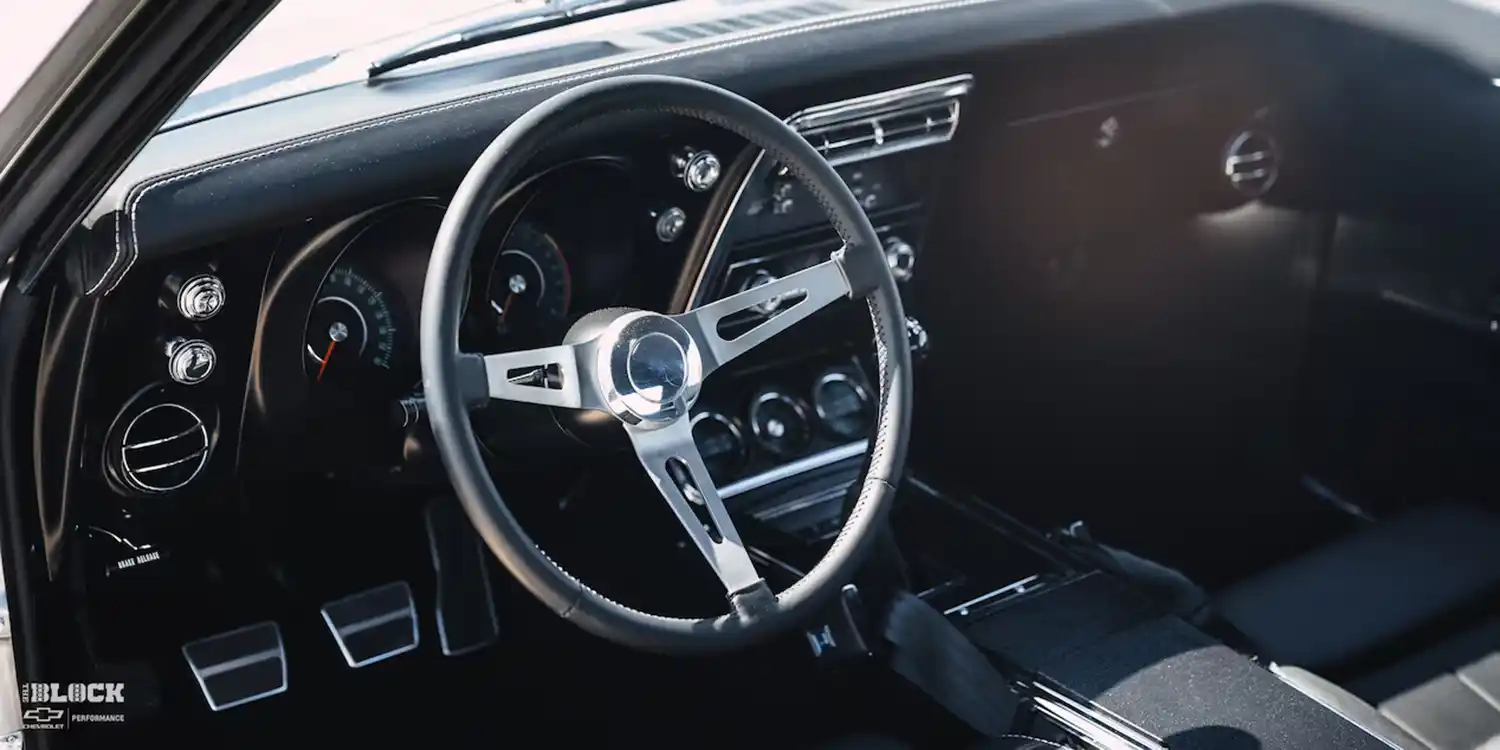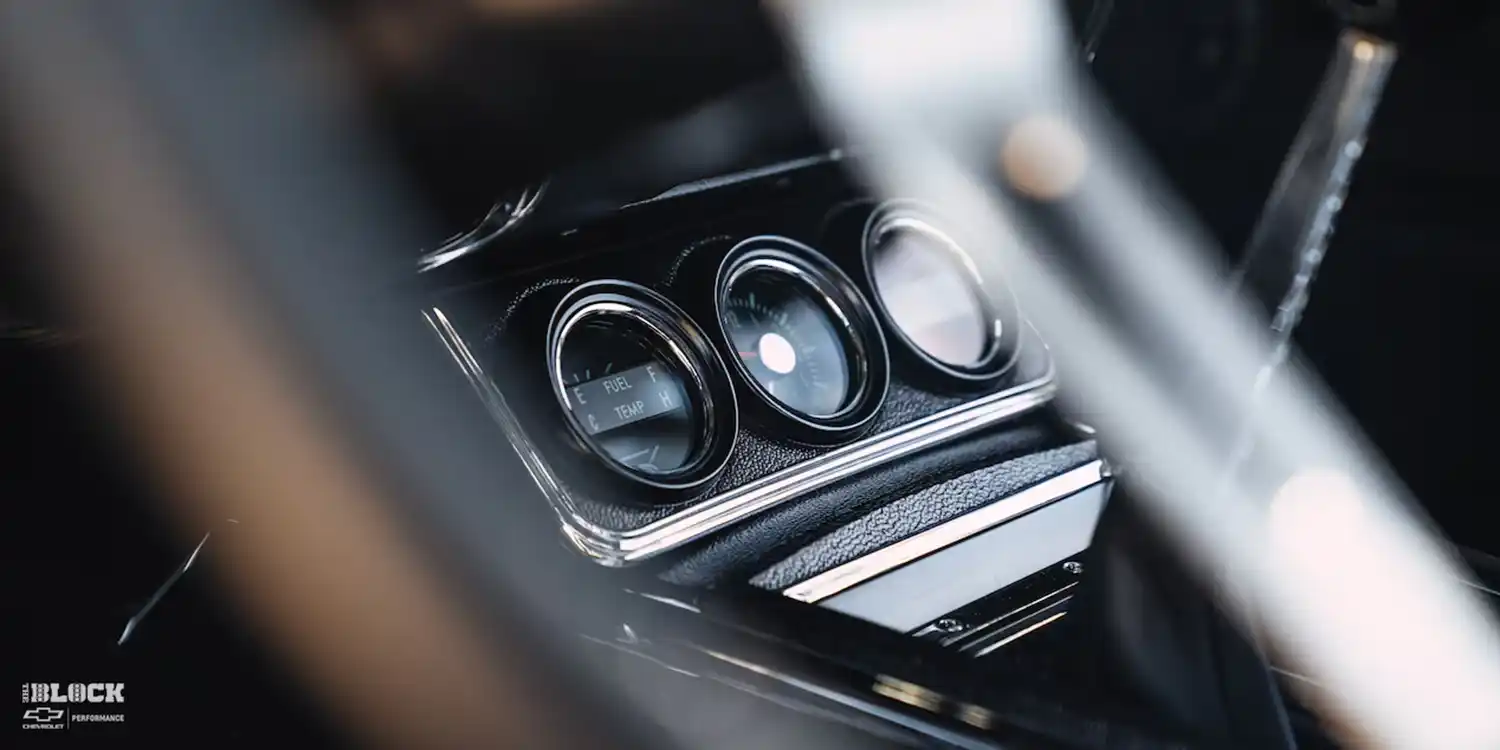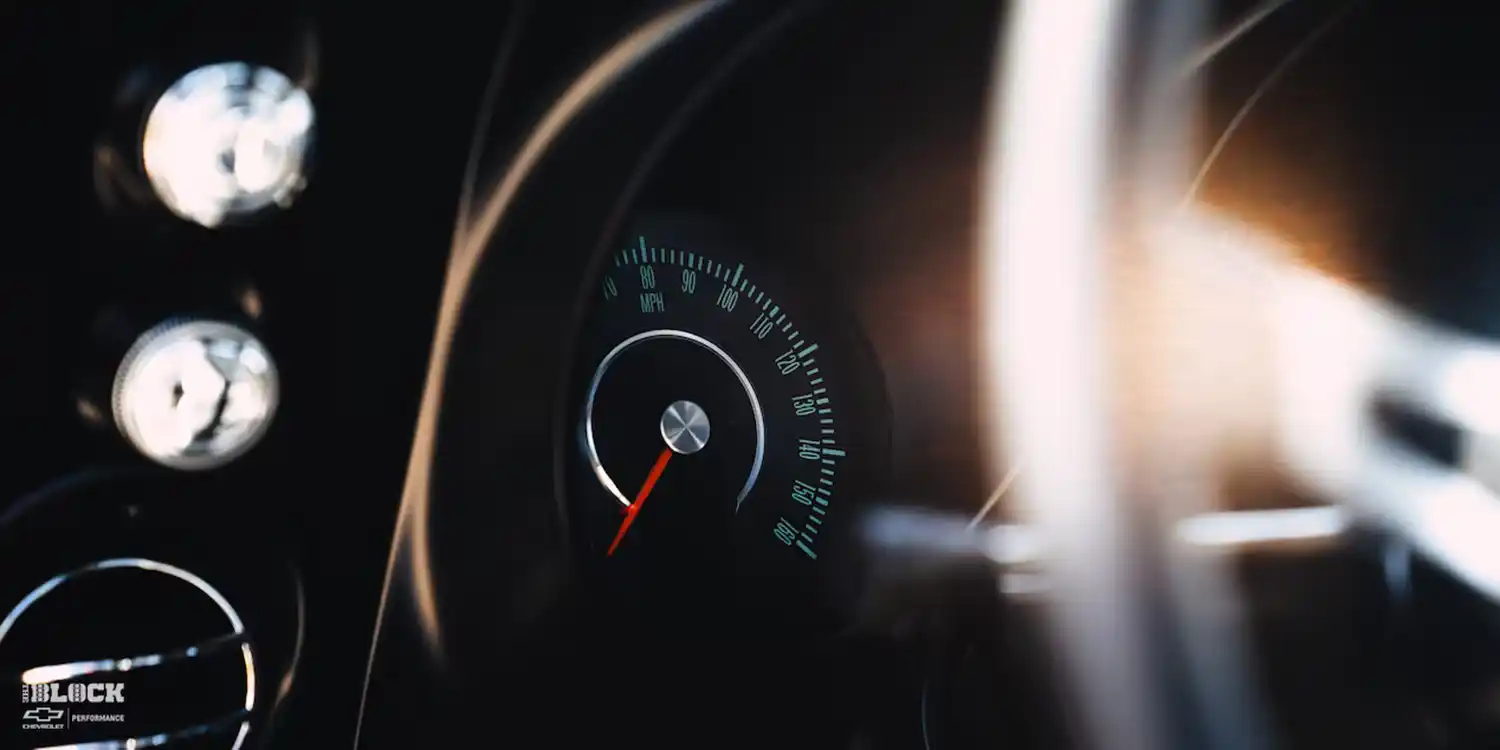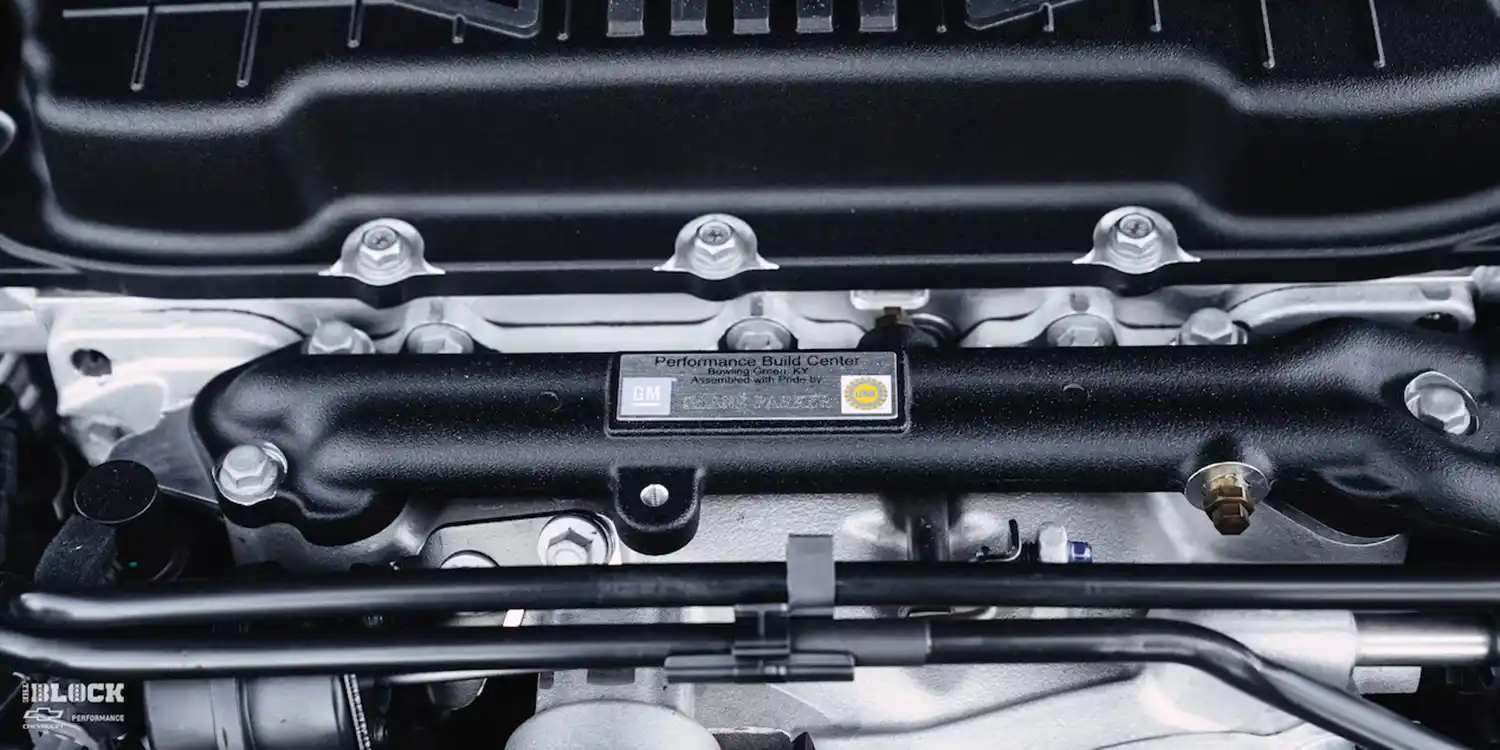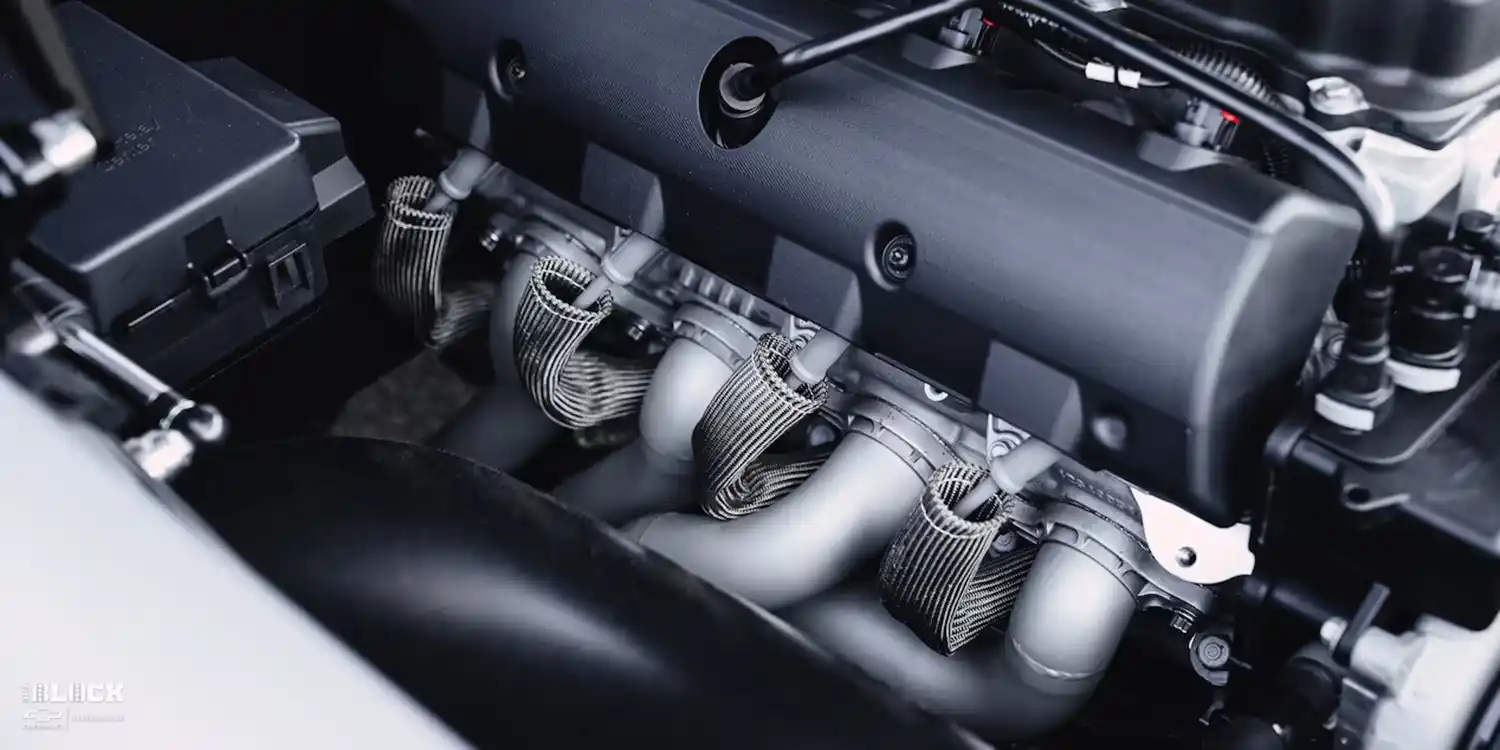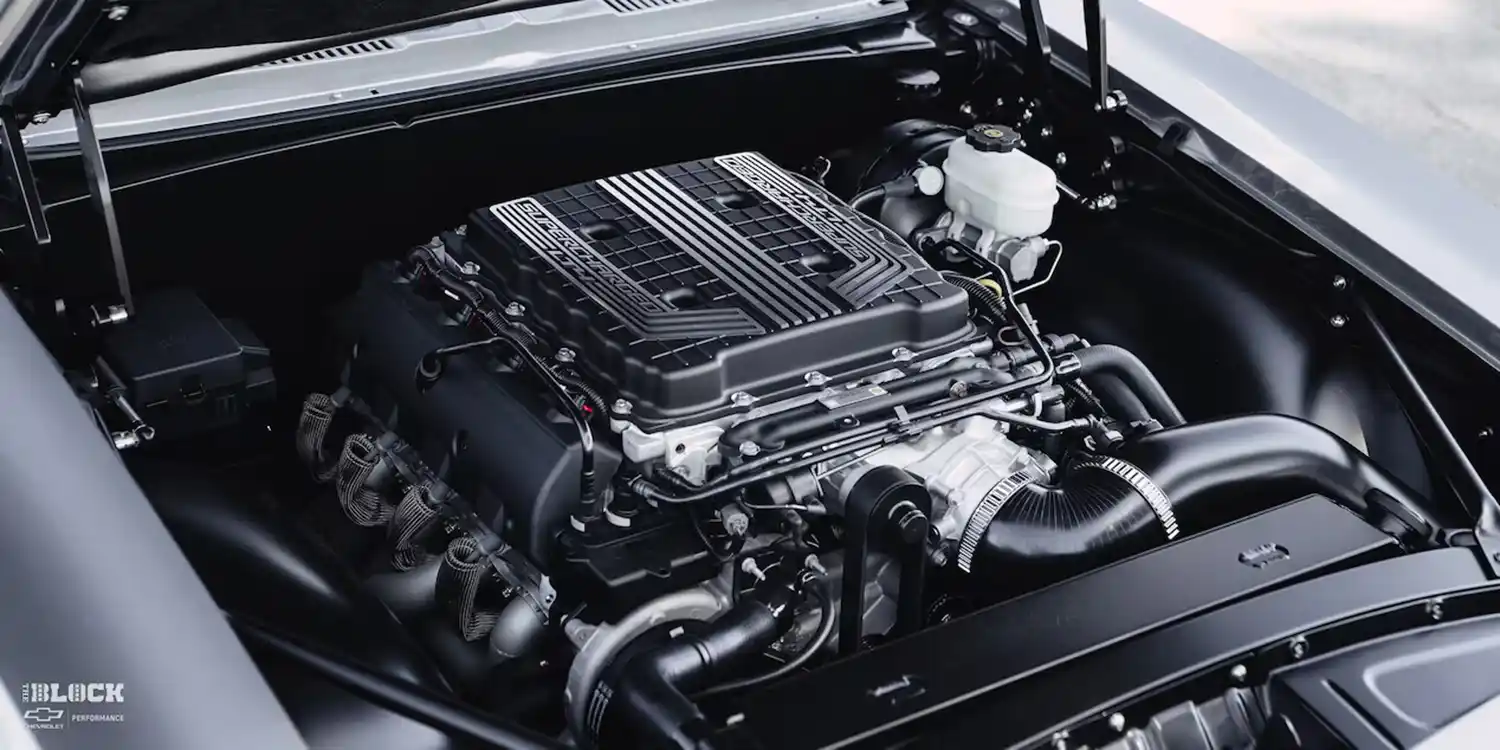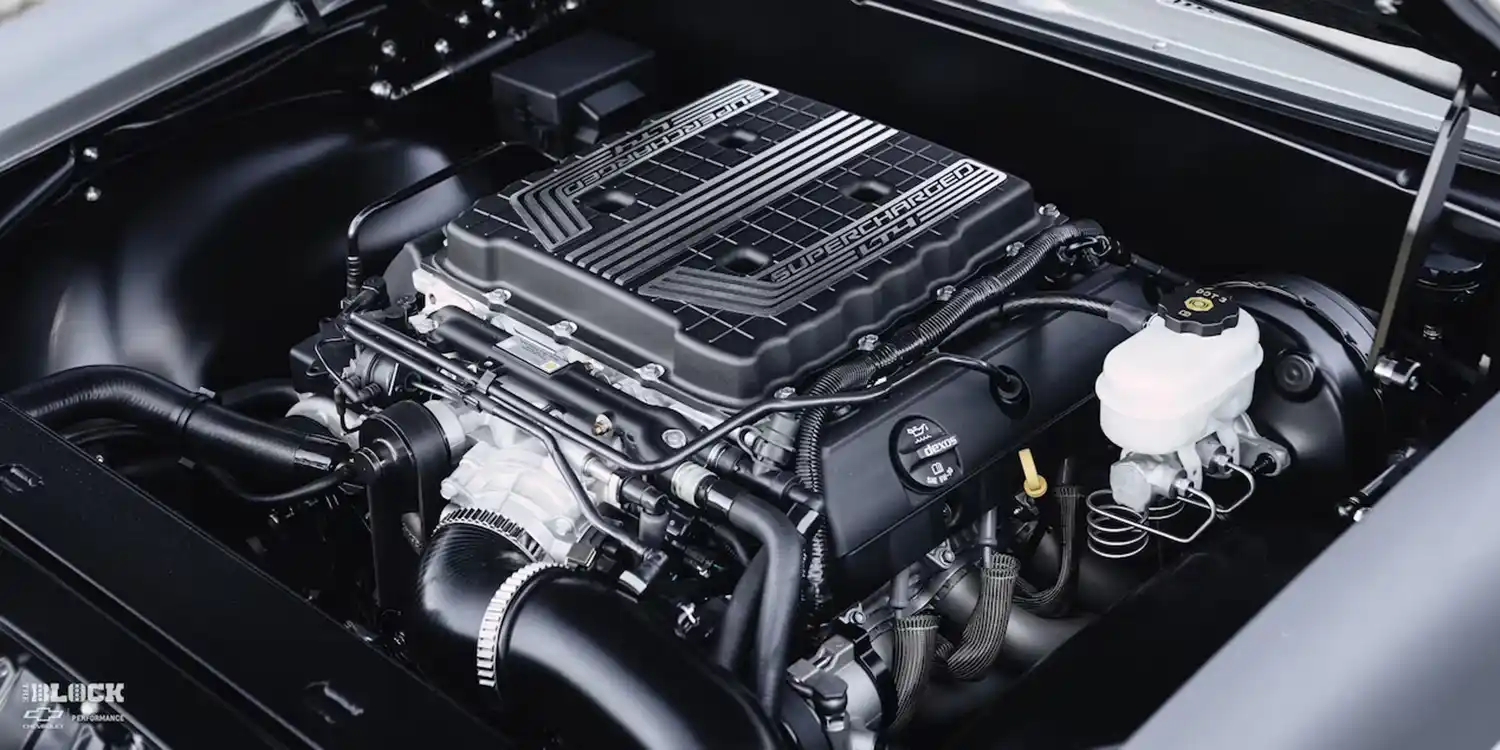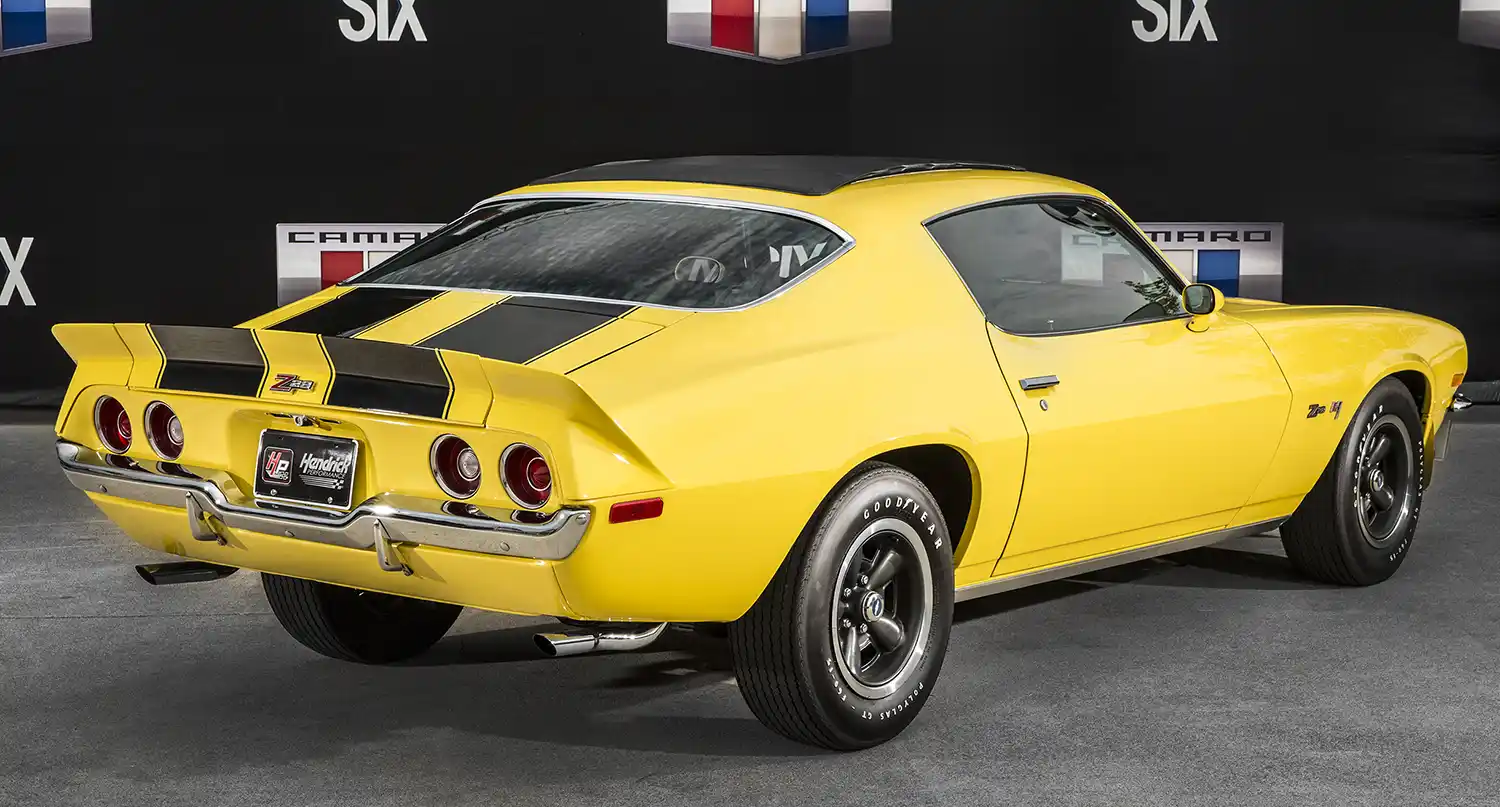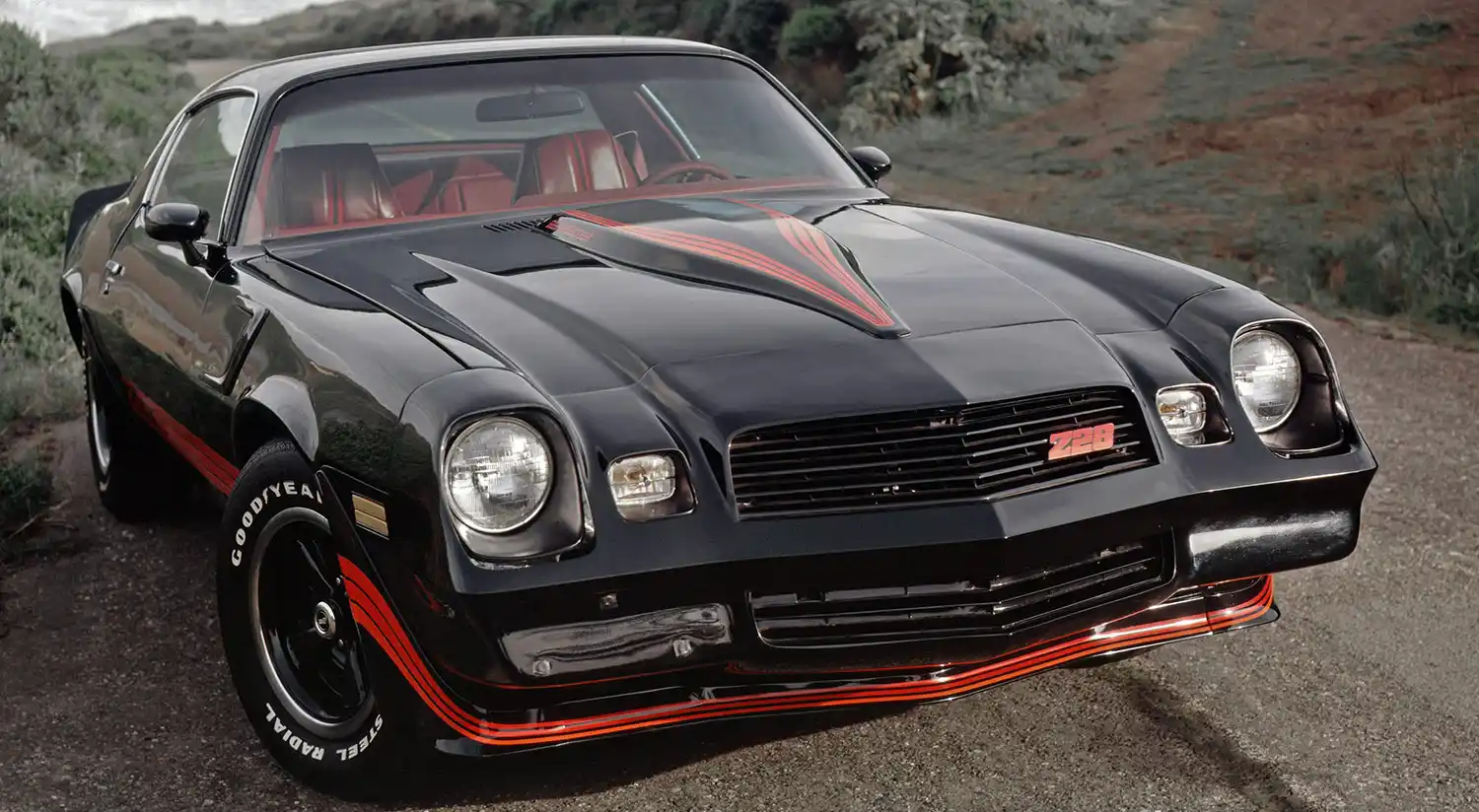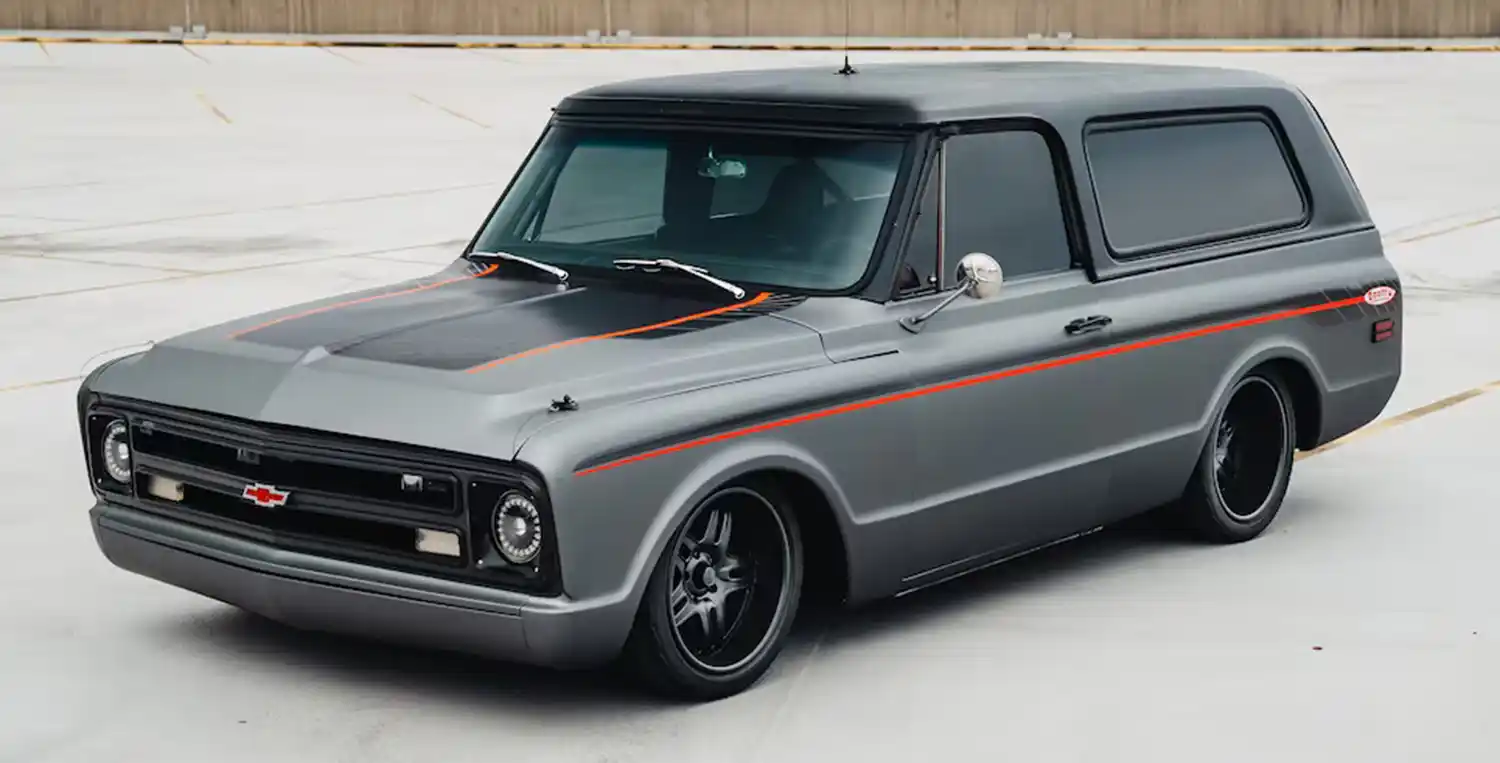
Step into the world of classic American muscle cars with a truly unique vehicle. This 1967 Chevrolet Camaro LT4 Restomod Build combines vintage charm with cutting-edge technology. It represents a perfect fusion of past and present. Enthusiasts will appreciate its meticulous construction and powerful heart.
A Passion for Camaros
Tom Panaseny has a lifelong passion for Chevrolet Camaros. He has owned eleven different generations of this iconic muscle car. Among his current collection is a remarkable 1967 model. This particular car stands out due to its modern upgrades. Panaseny’s extensive experience with Camaros makes this build special.

From Stock to Restomod Vision
The 1967 Camaro was purchased new in St. Petersburg, Florida. Panaseny knew its original owner for many years. When the car became available, Panaseny acquired it. It came with a 327 cu.-in. Small-Block engine. However, many original components were missing. Restoration to stock was not a viable option. Panaseny decided on a different path. He envisioned a unique restomod project.

The Heart of Modern Power
The Chevrolet Performance LT4 crate engine powers this classic Camaro. This 6.2L Gen V Small-Block is incredibly potent. It produces a factory-rated 650 horsepower. Furthermore, it delivers 650 lb-ft of torque. A 1.7L Eaton R1740 TVS supercharger ensures immense power. It spins at 20,000 rpm, generating over nine pounds of boost. The engine features a cast-aluminum block. It has six-bolt nodular iron main bearing caps. Forged internals enhance its strength and durability. This power plant offers a big, fat torque curve. It provides an exhilarating and fun driving experience.
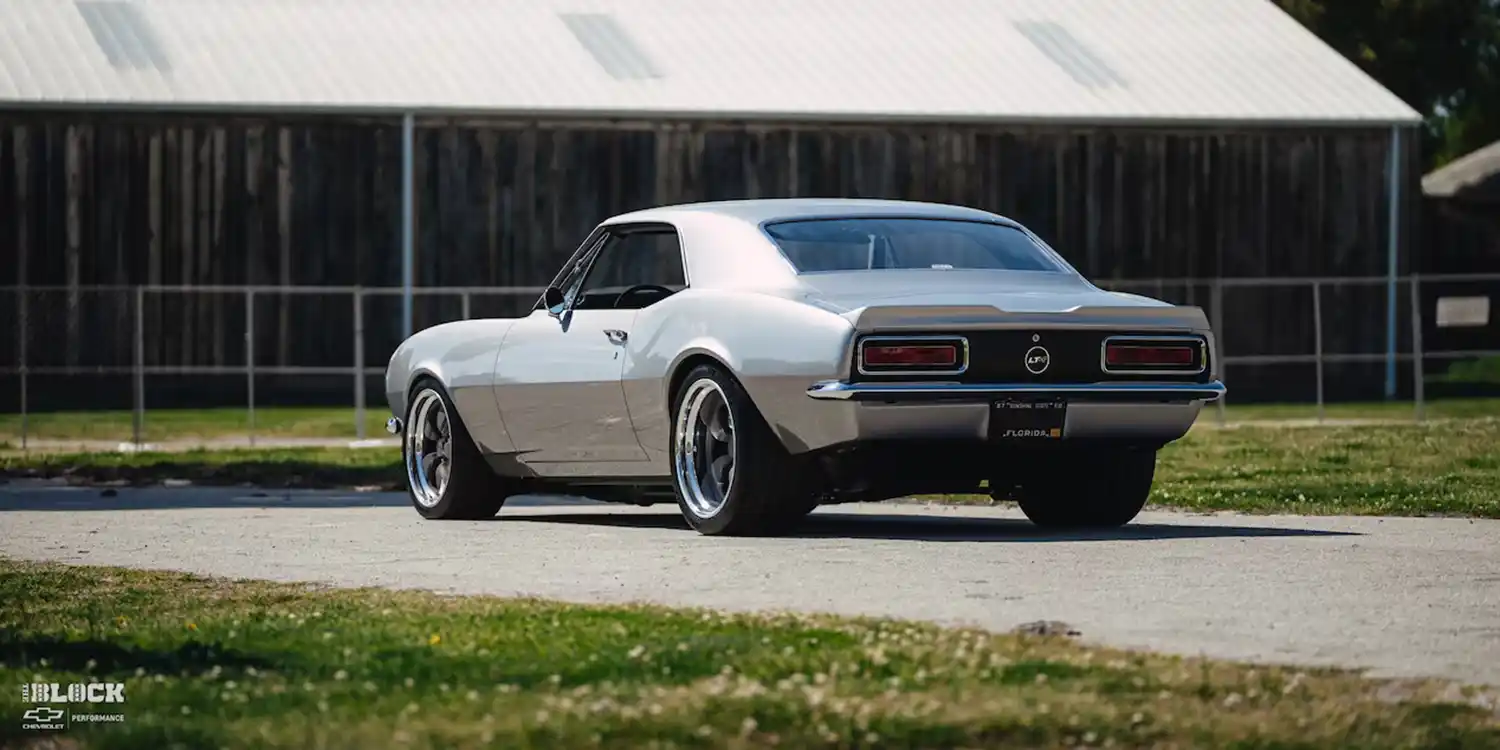
Precision Engineering and Transmission
The LT4 engine mates to a Bowler T56 Magnum six-speed manual transmission. This combination offers precise gear changes. The entire powertrain fitment is seamless. A Roadster Shop SPEC chassis supports the car. This chassis greatly aids the modern characteristics. It eliminates the need for separate subframe connectors. The chassis is a single, integrated piece. It simplifies the build process significantly. The car sits perfectly on this advanced frame.
Enhanced Handling and Braking
The Roadster Shop chassis elevates the car’s performance. Its front suspension includes coilovers. Rack-and-pinion steering provides modern control. Panaseny’s Camaro uses a nine-inch rear end. This features a GearFX N-series case. A Truetrac differential ensures optimal power distribution. It boasts a 3.90 gear ratio. For stopping power, the car relies on Baer brakes. These components ensure superior handling and safety.
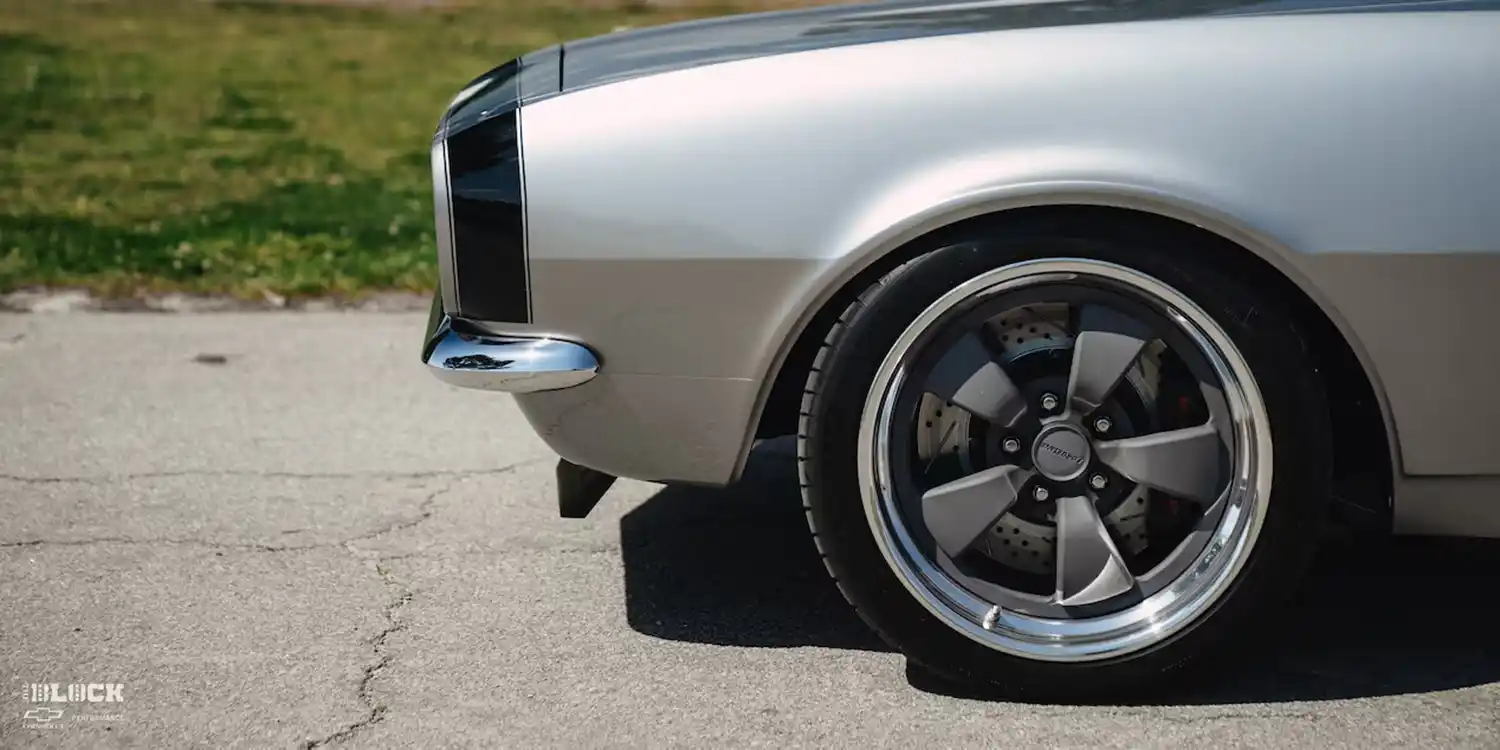
Timeless Exterior, Modern Finish
The car’s exterior maintains its classic first-generation Camaro look. It was originally Granada Gold. However, the Goolsby team repainted it. They used a Porsche GT Silver Metallic from BASF. This color resembles the classic Cortez Silver. The bumpers were subtly tucked in. All original chrome accents remain. Advanced Plating updated these chrome pieces. This approach preserves the car’s timeless style.
Understated Interior Luxury
The interior features an original-looking black design. It utilizes premium Moore & Giles leather. Panaseny avoided drastic dashboard modifications. Instead, he opted for subtle modern updates. The interior includes modern gauges. A Vintage Air system provides climate control. Satellite radio offers entertainment options. Window switches are hidden in the console. This creates a clean, contemporary feel.
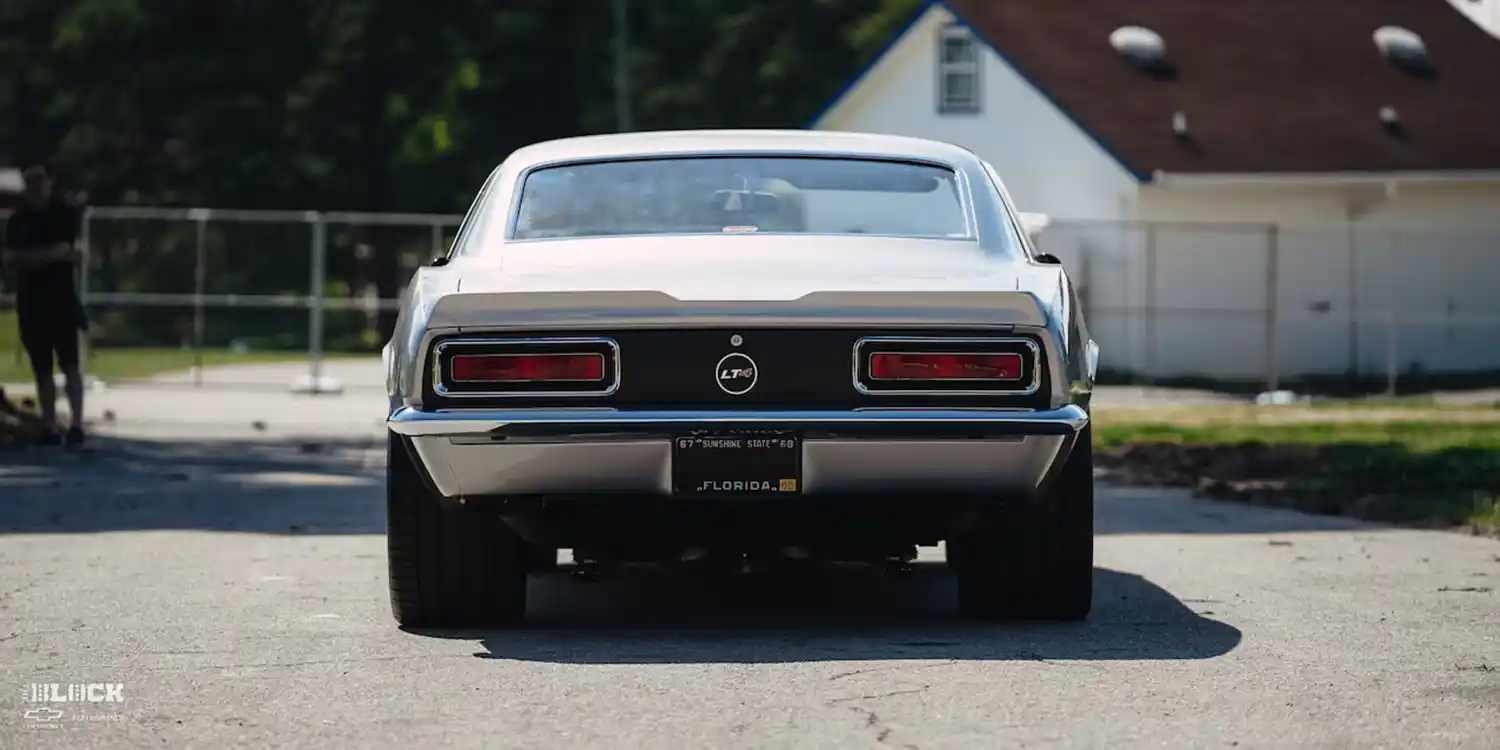
The piping on the RECARO seats matches the 1967 Deluxe interior. Door panels are now leather, replacing the original vinyl. Goolsby Customs managed part of the interior build. Chuck’s Auto Upholstery completed the sewing. The result is a luxurious and functional cabin.
Expert Craftsmanship and Recognition
Tom Panaseny decided to have the car professionally built. He chose award-winning Goolsby Customs in Alabama. Jonathan Goolsby, the shop proprietor, shared Panaseny’s vision. Goolsby Customs frequently uses LT4 engines in their builds. They praise the engine’s reliability and power. The team knows exactly which parts to order. This expertise gives customers great confidence.
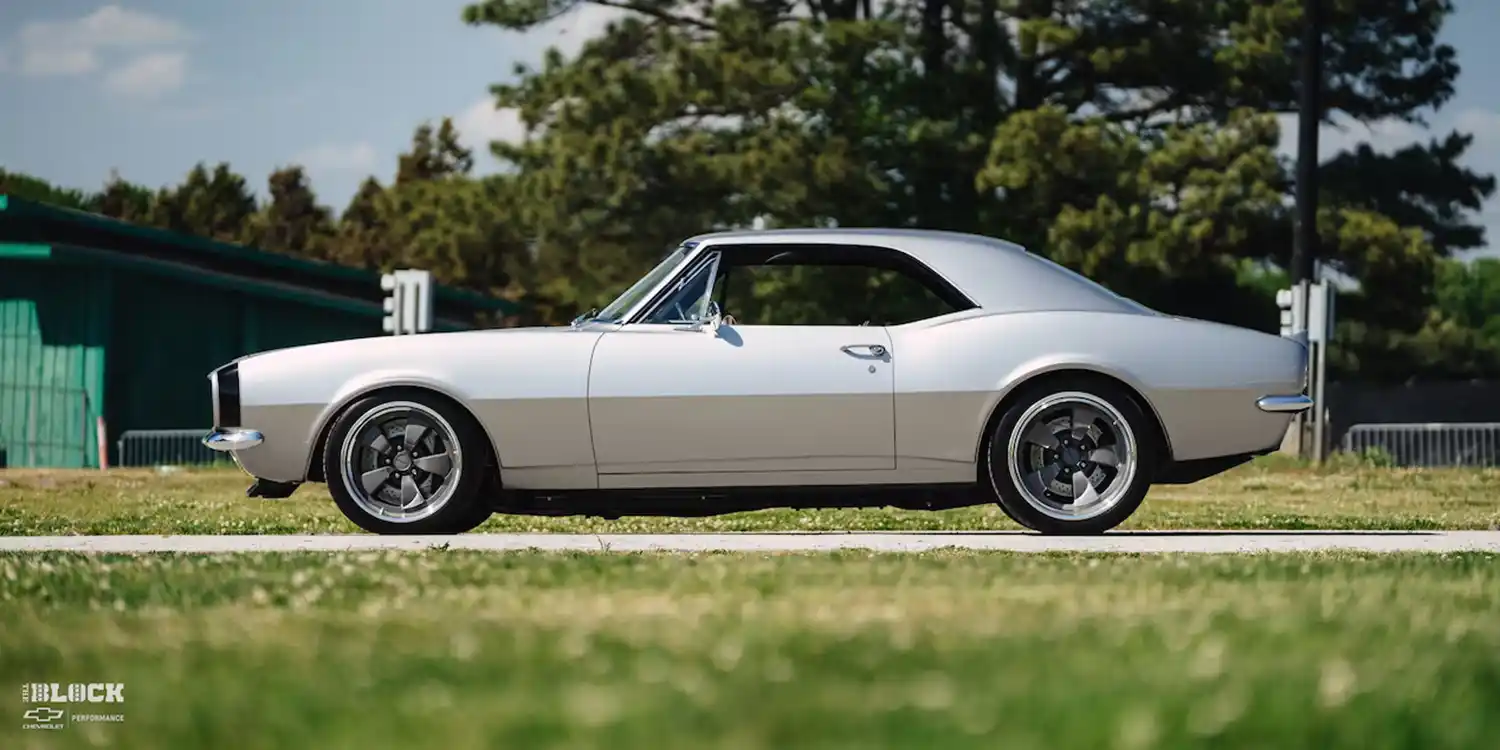
This Camaro has appeared at major events. These include the SEMA Show and Goodguys programs. The car showcases Goolsby’s exceptional work. It also allows the team to fine-tune it. Jonathan Goolsby believes in perfecting existing designs. He aims to make classic cars feel new.
A Satisfied Owner’s Pride
Tom Panaseny is very pleased with the final result. He states he would not change anything about the car. He describes it as a really clean Camaro. It is not fussy or overdone. His hope is for its enduring appeal. He wants people to admire it years from now. This 1967 Chevrolet Camaro LT4 Restomod Build is truly automotive art.

Summary
- Owner Tom Panaseny has owned 11 Camaros.
- 1967 Camaro powered by Chevrolet Performance LT4 crate engine.
- Engine produces 650 horsepower and 650 lb-ft of torque.
- Features a Bowler T56 Magnum six-speed manual transmission.
- Rides on a Roadster Shop SPEC chassis.
- Equipped with a nine-inch rear end and Baer brakes.
- Repainted in Porsche GT Silver Metallic.
- Features a black interior with Moore & Giles leather.
- Includes modern gauges, Vintage Air, and satellite radio.
- Built by Goolsby Customs.
- Appeared at SEMA Show and Goodguys events.
Disclaimer: Vehicle modifications and specifications are subject to change by the owner or builder. Performance figures are estimates and can vary based on conditions. Always consult with qualified professionals for vehicle assessments.
